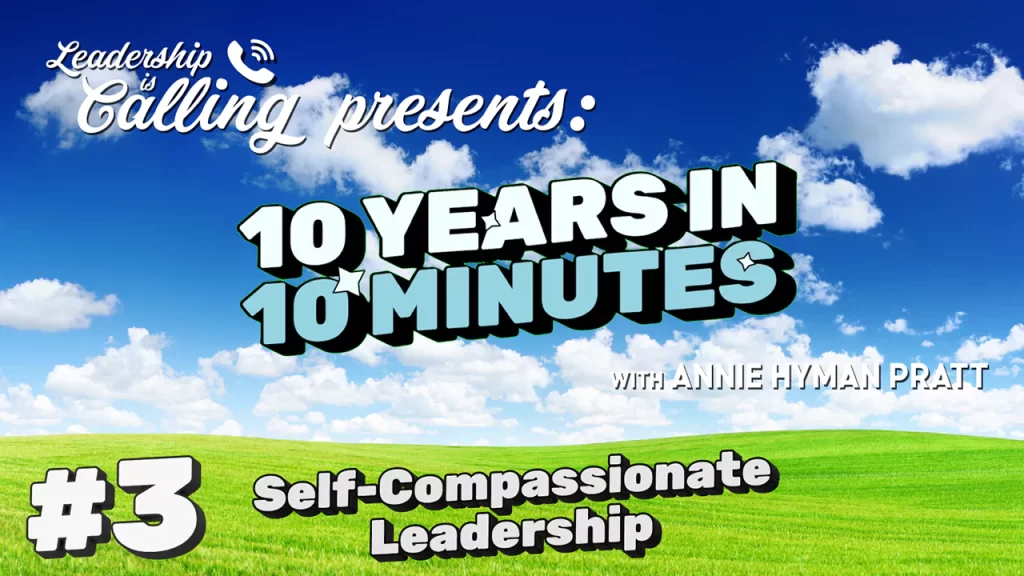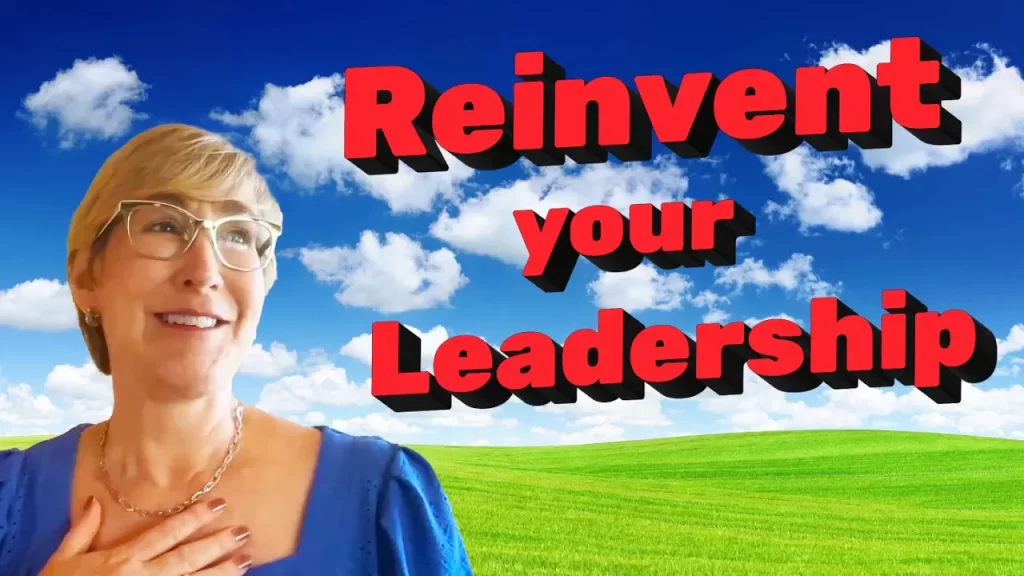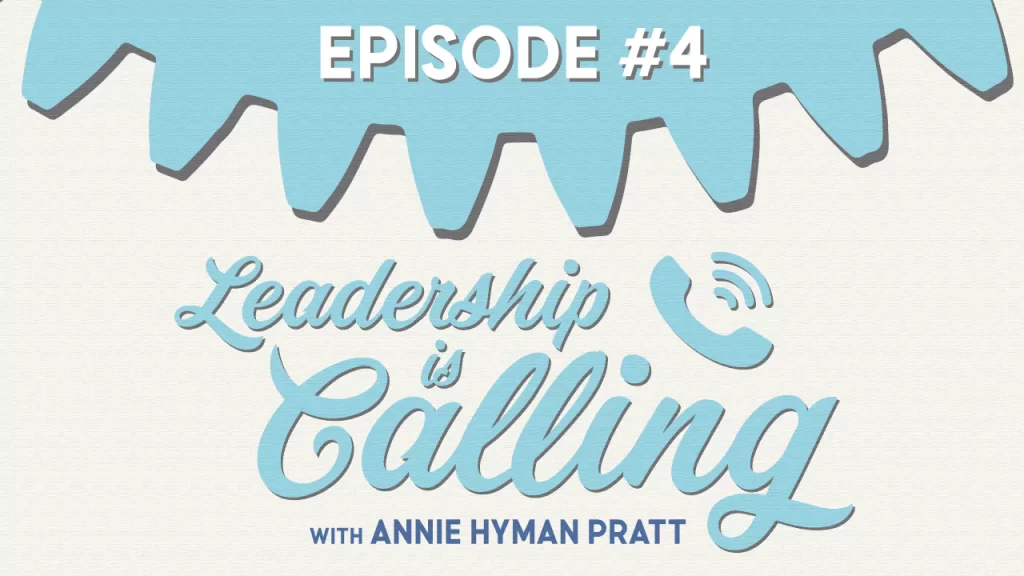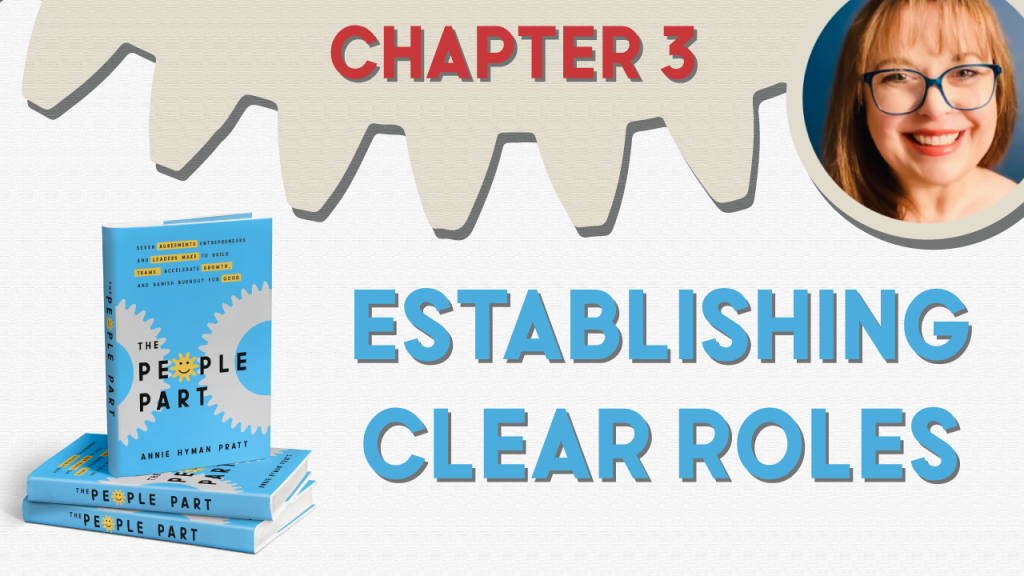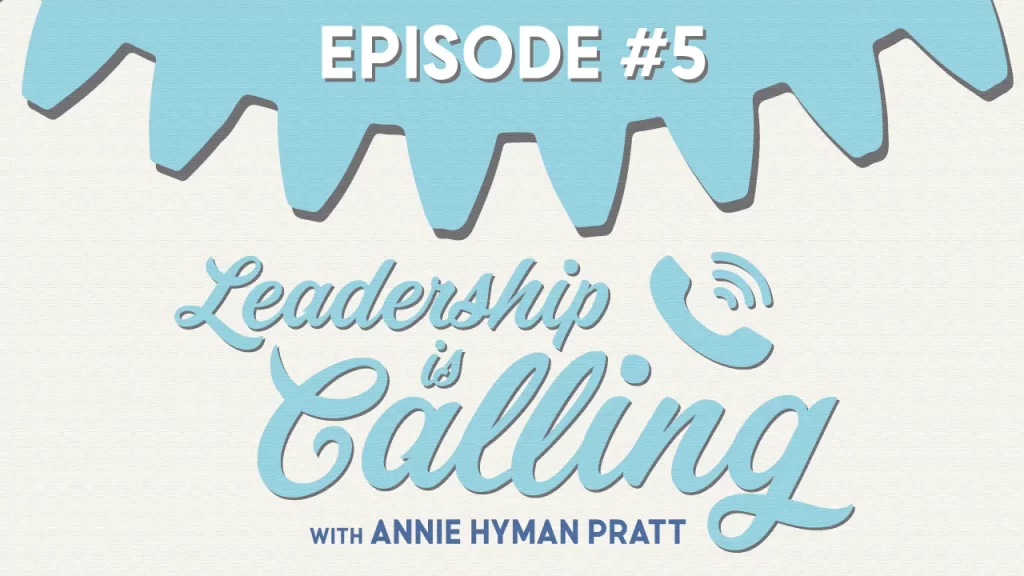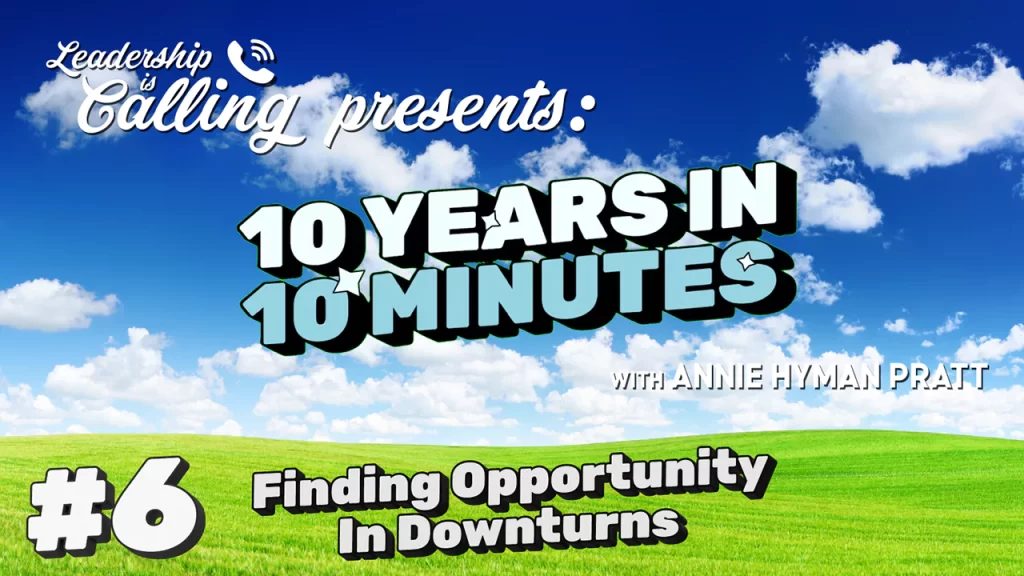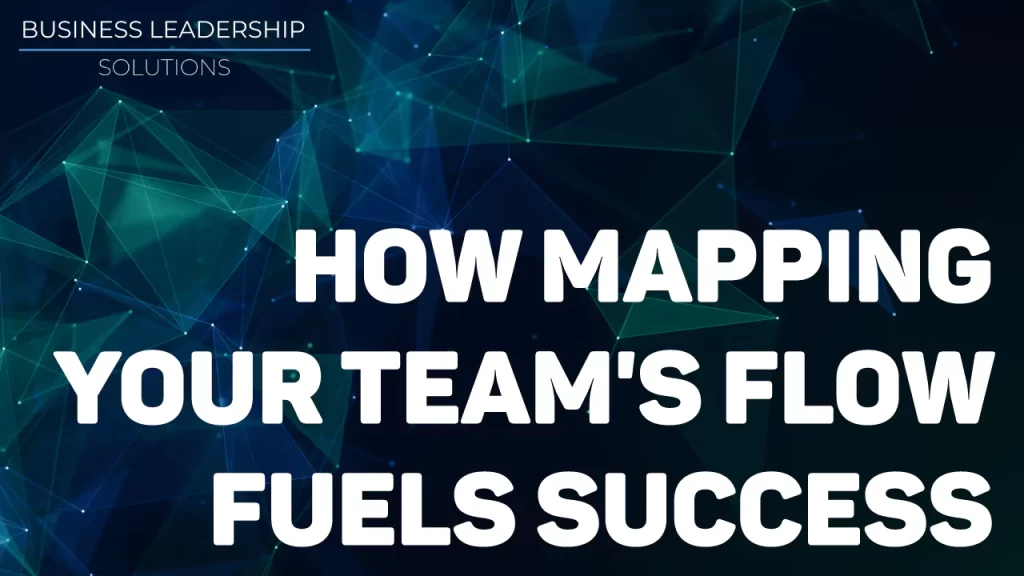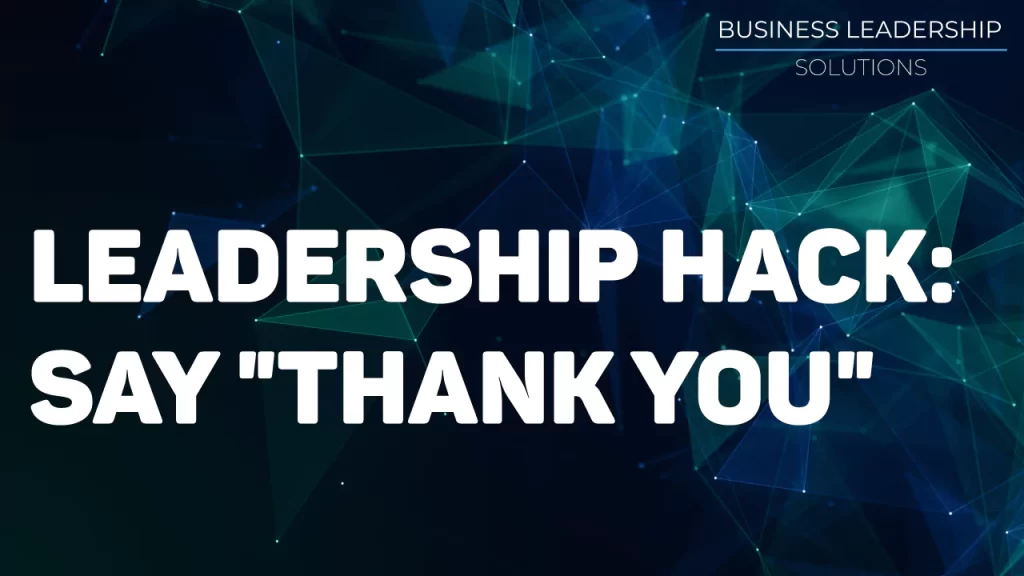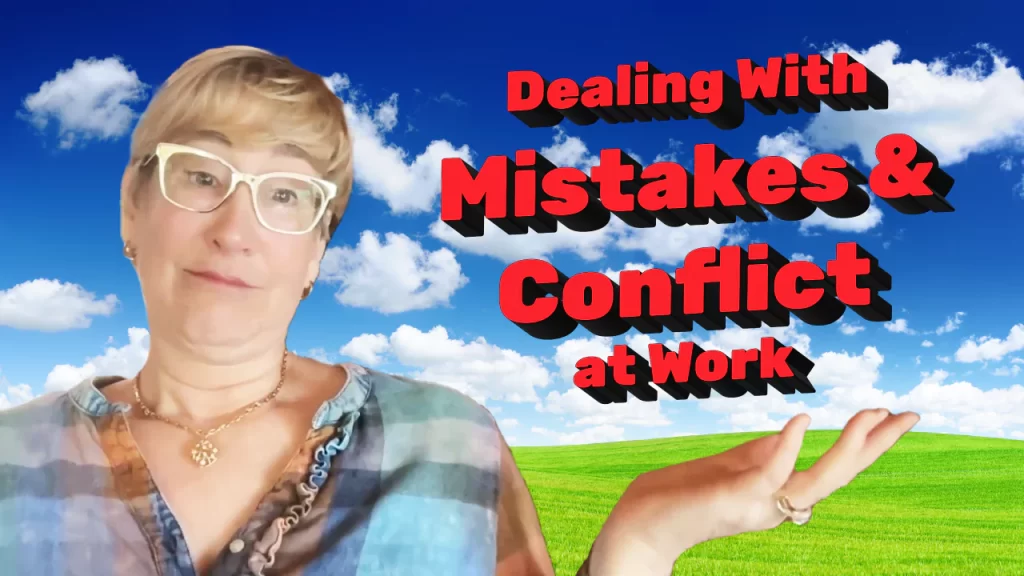Episode #11: Emotions Are Contagious, Good Ones Too!
Leadership is Calling Episode #11
Annie Hyman Pratt
- Description
- Transcript
Emotions Are Contagious, Good Ones Too!
“If somebody gets really stuck in self-protection, emotions can get defined and stuck, but for the majority of what’s driving in most cases, if we can give it a little time, one thing for sure is the emotions are going to move in some way.” -Annie
Being a strong business leader in today’s economy means recognizing that your emotions are contagious. How you are handling stress in your work environment can and will impact decision making in your company.
On this episode of Leadership is Calling, host Annie Hyman Pratt emphasizes the importance of leaders modeling calm and constructive emotions, especially during times of crisis and uncertainty. She provides examples of how to influence team members positively and guide them to make sound decisions even when things seem dire. Tune in to learn why emotions are contagious and how staying focused helps leaders navigate challenges.
Key Points
- Emotions are contagious, so leaders should model calm and focus
- In times of uncertainty, people follow leaders who are calm and take action
- Leaders should focus on influencing positively rather than trying to control everything
Related Resources
Leadership Skills: Compassionate Leadership
Leadership Development Articles: Getting Myself Back into Self-Leadership | Nice, Not So Nice, Or Just Different?
Downloadable Leadership Tool: The 5-Day Appreciation Journal: A Culture of Caring
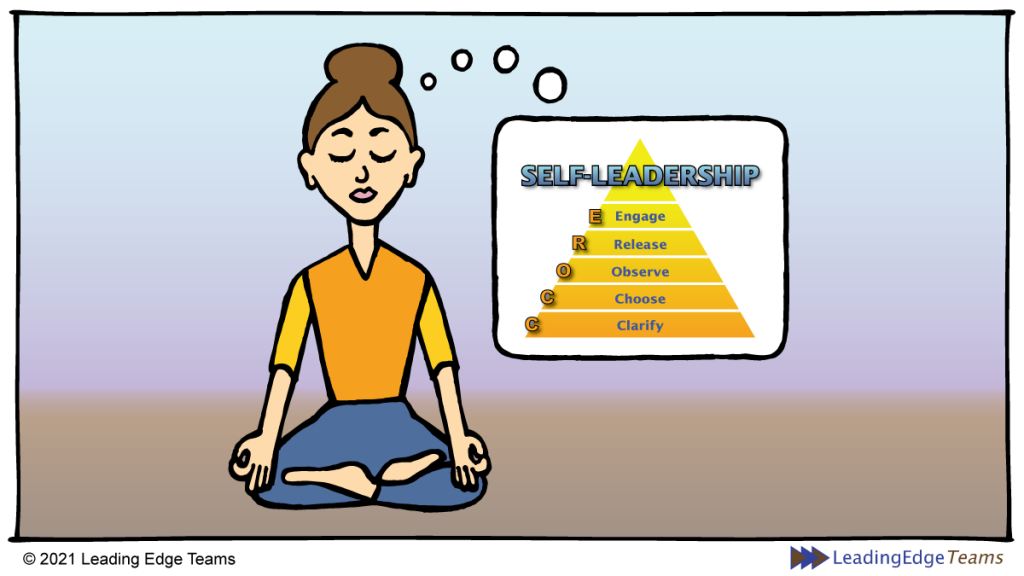
Auto-Generated Transcript – unedited version
Emotions Are Contagious, Good Ones Too!
This is Leadership is Calling, a podcast that brings you leadership and business tips anchored in the people part. I’m Annie Hyman Pratt, CEO and founder of Leading Edge Teams.
Emotions are contagious, so good ones are too. You being in a good spot while you’re having a discussion is the most valuable thing, not the answer you come up with. It’s like you are in a good place in the discussion. You being in “I’m okay” lets others be okay. You can actually have a better, longer, deeper discussion without losing people, and that’s sometimes what discovery takes. It makes sense. That’s sometimes what we all need to kind of talk about. Okay, look, we don’t know what’s going to happen if we leave, but is everyone thinking that like now is the time to not stay here? Maybe you’re the only one. Okay, then you know you’ll have a discussion again tomorrow, the next day. It’s like, “Okay, here’s some new things that are happening. Let’s talk about them. I’m still okay.”
This, the, the good news is that you have the environment on your side, all you need. I know weirdly on your side because this is not a choice people will actually make when they’re rational. So the point is to get people to a good place inside, and your biggest, biggest persuasive thing or lover or whatnot is you being in a good place. And by the way, this is so much about what leadership is in a time where you’ve got a lot of people here and there in this place of “I don’t know what to do. I don’t know what to do.” They will absolutely follow the person who is calm and is taking action from a place of “Well, I don’t really know how this can turn out, but I do think this is the best choice because in this situation nobody’s following the decision. People are following the person. It’s like “Oh, you’re okay.” That’s why I would follow my husband in a zombie apocalypse because he’s always okay. It’s amazing, and I’m like “I gotta be with that.” I can’t be with somebody like me who would panic. That’d be terrible to be with somebody like me. I’m gonna be with, I’m gonna be with that.” It makes sense. And that’s how you, that’s how you have people get in this river with you, because of who you are, not because of the perfect decisions you make, but because you can be trusted to be okay. And when you’re okay, you won’t turn on them. It’s like a weird human psychology thing, right?
You also have to do your best thinking if you’re okay. So at least you’ll be like, “Okay, they’re gonna have some clear thinking going on because it’s not in a panic mode that shuts all that down,” right?
Totally. Can I ask something here? Yeah. There is a power differential or whatever with the different roles. And if my CEO is sure that they can stay on the hill up there and put out the fire, and I can keep myself “I’m okay.” Actually this new plan that we came up with as a team, I think does have a great opportunity to work. We just have to keep keeping okay and keep taking the next steps. But my CEO is really still standing by that fire, and it might feel like maybe I’m really not okay because they can fire me. You know, like I’m just talking about like that is a real power differential that like somehow you have to keep yourself okay in the midst of that. And I, I think often, you know, I’ve been on calls in our company where it’s like “Well, you know, what else? What else would they do? It may feel that way, but they really need you to do XYZ.”
But I guess that’s like I feel like that’s such a key tension point when I anchor back to that question about how to have good boundaries. I’m thinking what are the boundaries around and the boundaries might be around “No, we actually do have a plan and we want to keep going” instead of being interrupted or “Yeah, I was wondering if you could speak to that little.” The different roles that are playing, factoring into that tension.
Yeah, absolutely. So this is where we want you to get some of these master influence skills, and these master influence skills are still based, based on you staying okay. Because what it sounds like is what the conversation can sound like with your, you know, with your CEO is something like this. Let me give an example of a, of a fire of, of a recurring forest fire that I’ve had to deal with at a lot of companies. Okay.
And that is when the business picture turns in such a way that the company is losing a ton of money, and they have to do a big layoff. So what I have found is that it’s, you know, we may think that entrepreneurs are really quick to lay off people or business owners are quick to lay off people, but the truth is they’re not. The truth is that they will keep that payroll going literally kind of burning up all their cash until they literally are like burning up.
They get frozen. They get frozen in this spot of “Oh shit, I can’t let go of people. I can’t fire people because then all these thoughts come in their head.” Because my competitors will see it, hire all the people I fire and put me out of business. My clients will see it and totally lose faith, think I’m going out of business and will stop working with me. My best talent will see that things are shaky and they will, they will leave. And it’s like if I fire people, their thinking is “If I fire a good amount of people that will make me go out of business.” Okay, can you see it?
Okay. So they feel frozen, stuck between a rock and a hard place, stuck here or like “I can’t jump there because I’ll die, but if you know if I stand here I’m still gonna die.” And then they get frozen. So what do you do with, you know, and and in that freeze they’re like “I, I’ll choose. I think I, you know, I have a little bit of water left. I’ll, I’ll just keep fighting the fire. I think that’s the better choice.”
And what, you know, what I know when I come in because I’m okay, and by the way it’s easier for me to be okay because I’m not tied to their, you know, burning cash, it makes sense. It’s easier for me to be okay. But because I come in and I’m okay, I’m like “Hey, wait a minute. You’re making a bunch of assumptions of how this would turn out if you let people go, and I don’t think it’ll turn out that way. Of course I don’t know. I haven’t been in exactly this situation before, but let’s talk about this for a moment. Let’s talk about how we could, this is kind of in the decision making matrix, all of those negative consequences of letting people go, which would reduce your cash burn. Let’s talk about how we can mitigate those problems.”
I could give you a bit of a boat here. How can we release some of the judgments? Because one of the first judgments is “I’m in this fire, but none of the other companies around me in my industry are” because when you’re in a fire you have no idea who is also under fire, make sense? But if you stand back for a second and you’re like “Oh everybody’s having a hard time. Oh the economy has just gone totally backwards. We just had a housing, you know, mortgage crisis. Everybody’s thinking of firing people.”
Will your clients or your competitors really think this is a bad move that signals your imminent demise? Maybe not. And because I’m able to share that from a place of “I’m okay,” I have so much more influence in the conversation. And what ends up inevitably happening is in that conversation we come to a place where the CEO eventually says “Okay, I totally hear you, but I don’t know. I don’t know. I don’t, I don’t know that I want to do that.” Like “Okay, okay, no worries. We’re gonna, you know, we’re not gonna fire people tomorrow. Talk again tomorrow. Let’s just reconnect again tomorrow.”
And then we have the same conversation the next day, and over a few days they start to because I’m okay, they start to get okay. And then they get their thinking back on. And then and then they inevitably make a good choice. Does it make sense?
Okay. It doesn’t work every time, no, but if I’m here, so if I’m kind of in your guys’ position and I’m like “Hey, let’s talk about this again. Okay?” And all I’m getting is panic, that’s all. Like they can’t get themselves to a decent place to actually think. If all I get is panic after panic or or a stonewall or whatnot, at some point then I know “Oh maybe I have to start letting them know that this isn’t going to work for me.”
Maybe at some point I’m like “Hey, you know what? I really think we need to do this and let me share with you why. And honestly I think if we don’t, we’re gonna start to lose me and you’re good people because they know this won’t work. They all know it. You guys, by the time the heat is like on your back, people are actually ready to do something different.”
So I think the part that is for you guys untested at a level that I want you to be able to test this is let’s get you super okay. So that when you have these conversations they are way more influential. Does that make sense?
And you know, and if there’s a time you have to save yourself, so be it. It’s okay. Luckily we are in a country where everybody is free to work for a business or not.
Yeah, I think we have found that that power of that choice is so important for self-leadership, right? Like we always have the power of choice. And sometimes in some of these dire circumstances, those flames burning, you know, some definitions of that lately have been, you know “Do we lay people off or do we hire people right now? Do we raise our rates or do we lower our rates right now? Do we continue our high-end product or pull out some of our low end products right now?” Like these are the, you know, who knows what’s going to work right now, right? Like there’s pros and cons. We get the decision matrix going.
And I think sometimes leaders are in a position where that second, what we call the second pause comes in, right? Where it’s like “What can I influence in a positive way at this moment?” Right? And it may not be the whole scene or it might not be, but you know, can I move this forward one step? Can I seed towards the change that I envision to be the movement for us? And then letting things play out for a moment, a day, an hour, and keep things going because one thing we do know, and Andy, this was coming up on one of our calls the other day, the emotions are going to move.
Yes, now if somebody gets really stuck in self-protection, emotions can get defined and stuck, but for the majority of what’s driving in most cases, if we can give it a little time, one thing for sure, the emotions are going to move in some way. And there’s another possibility for a little opening or another connection, right? Because we’re talking about people being driven by emotions right now, that’s right.
They are sticking that out in their self-protection. And if we can get okay enough to be, I always think about the one who’s as much as you know, as close to self-leadership or something.
Yes, exactly right. Then maybe I could let it play out or I can seed one piece of safety or, you know, like you said just maybe I’ll just pretend it’s all rainbows for a moment because I can see something that nobody else can even though we can’t see how we’re going to get there yet, right?
Right. Lift the energy for a moment to find a hopeful something.
Yes, yes. And even if it’s like “Well all these choices suck, but since we have to choose one, let’s get on the river.”
Be sure to like, comment and subscribe to Leadership is Calling to learn more about this episode’s topic. Pick up a copy of my book “The People Part”.
Want to learn more about how to uplevel your leadership skills and create a collaborative team that helps you drive results? Go to LeadingEdgeTeams.com/schedule to learn more about working with us and to schedule a call.

